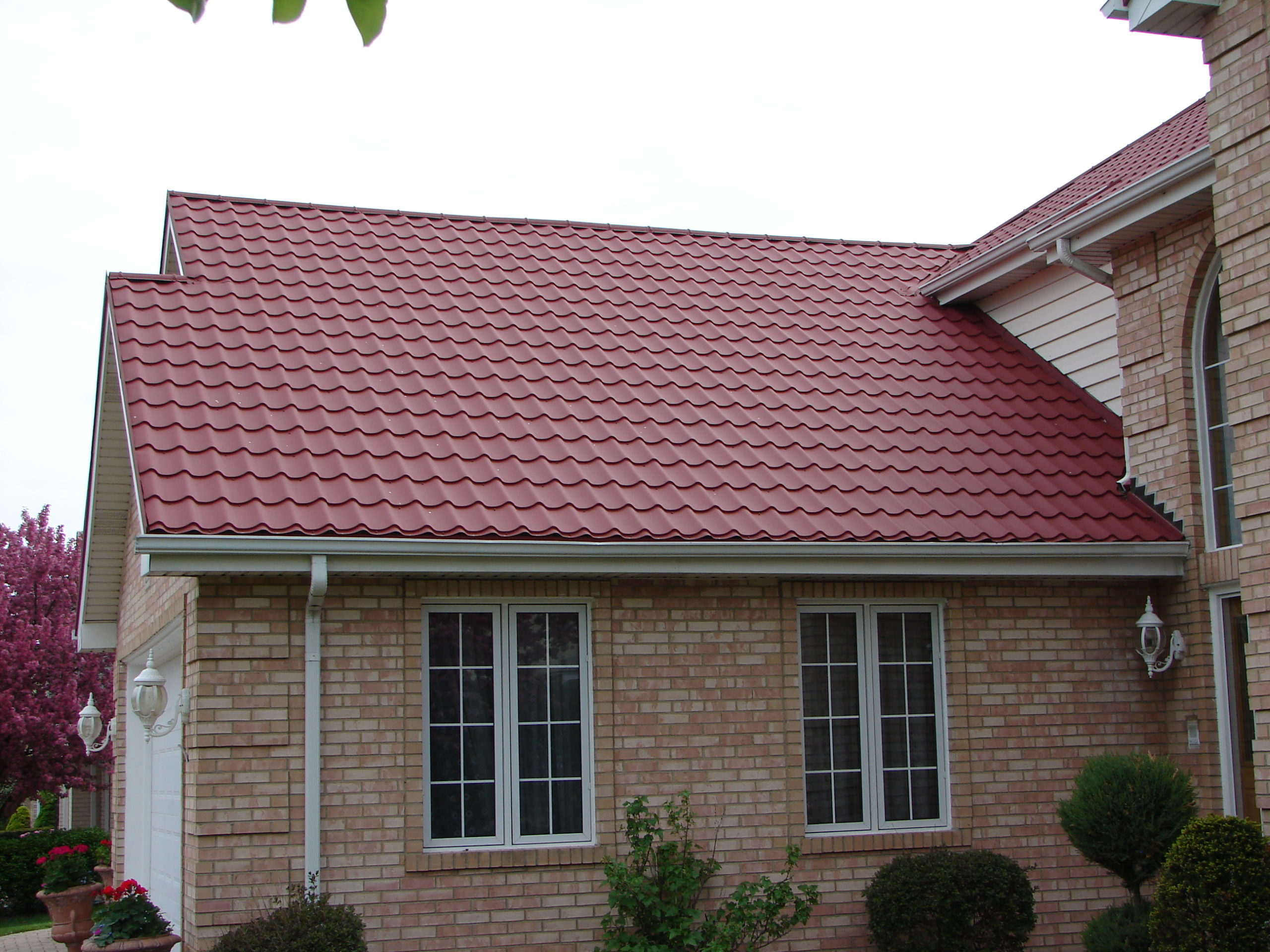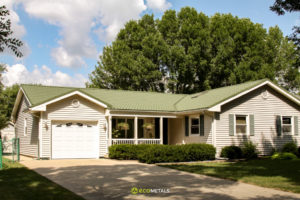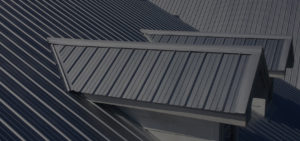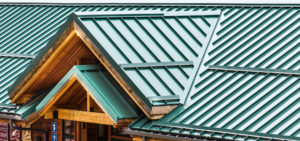Hailstorms are quite common in the states of Texas, Colorado, Florida, New York, New Jersey, and Georgia; homeowners in these states need to be extra careful! Hail can cause extensive damage to vehicles. Truth be told, those circular dings are not only visible on cars, but also on you patio furniture. In reality, hail poses a serious threat to your house as well.
Hailstorms can damage the roofing of your house and it is much more difficult to identify the damage on the roof than it is on a car. The intensity of the damage depends upon the type of hail; factors like wind speed and direction, density and size of the hailstones, building materials, and nearby barriers play an important role in determining the amount of damage.
Depending on the condition of your roof, hailstones can either cause dents and dings or even puncture and break through the roof. Although it is much better call a professional to inspect the damage, you can also do it yourself, though it’s not an easy task.
How to Perform an Inspection by Yourself?
Hailstones cause different types of damage to roofs, depending upon their material. If you have asphalt shingles, look for dings and dents; such dents will also be present in gutters and aluminum siding. On the other hand, if you have wood shakes or vinyl siding, cracks will appear. Here’s a more detailed analysis of the kind of damage you can expect to see.
Composition and asphalt shingles
- The damage will be random with no identifiable pattern.
- Blackened hits.
- The roof felt is eroded due to granule loss.
- The asphalt becomes shiny.
- The impacts are soft.
Wood shakes
- The damage has a random pattern.
- Splits contain impact dents or dents.
- The shingles might have splits with little wear and tear on the edges, sharp edges, and color will be orange or brown.
Setup a ladder and climb to the top of your roof to examine it. Ensure that you are wearing shoes with a good grip and the ladder is positioned in a correct and stable manner. Remember that hailstones with a circumference of less than 1 inch will be more complicated to identify, whereas, hailstones with a circumference from 1 to 2 inches will be quite noticeable.
When you get to the roof, inspect the roof vents, metal or flashing valleys, ridge caps, edges, and shingles for any visible signs of the damage. Soft metal is the most susceptible to hail. Examine the asphalt to see whether the granules have been eroded or not. Usually, this leaves behind a black substrate. Asphalt shingles are prone to hail damage in the form of missing granules, bruising, and cracking.
Since dents and dingles cannot be seen every time, you need to check the shingles for any signs of bruising using your hand. Run your hand over the surface to discover any small dents or dimples. Furthermore, also check the shingle for cracking. Once you have identified the type of damage, you can call in a professional for repair work.
Metal roofs are always better as the dents are not easily visible. If you want a metal roof that is energy efficient, reliable, cost-effective, durable, and beautiful, click here for more information. EcoMETALS offers steel metal roofs in 16 different colors and styles.



